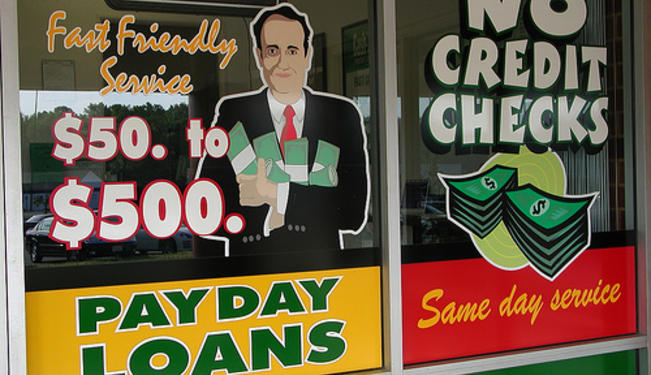Given its role in the recent global financial crisis and major flaws including its participation in an oligopoly, lack of competence, and conflicts of interest, a new, more robust model for credit rating agencies must be created in the future.
Background
A credit rating agency (CRA) is a company that is in the business of rating the credit worthiness of debt. It does so by rating issuers of debt obligations and also by rating the debt instruments themselves. Credit ratings are meant to provide easy-to-use measurements of relative credit risk so that investors can make informed choices. The idea is to facilitate transactions and lower costs for both borrowers and lenders.
Three CRAs dominate the market – Standard & Poor’s (S&P), Moody’s Investor Service, and Fitch Ratings. Each of the first two has 40% market share while Fitch has a 14% market share, bringing the combined market share of the big three to 94% and making them a powerful oligopoly.
Credit ratings are used by debt issuers such as governments and corporations to send a signal to the market, and by subscribers such as pension funds or other investment funds to make investments. The premise is that CRAs provide an independent verification of the issuer’s credit-worthiness and the resultant value of the instruments it issues. This means that lenders who buy debt do not have to engage in due diligence of every debtor and every debt instrument, and can make faster and more reliable decisions. CRAs exist to make the debt market more efficient.
CRAs are in trouble these days because of their role in the global financial crisis. They assigned high ratings to both issuers and debt instruments that turned out to be in massive trouble. Instead of giving the market accurate reference points to make informed judgments, they acted like a malfunctioning instrument dial that fueled a bubble that eventually burst.
There are three main criticisms of CRAs. First, that they are part of an oligopoly with too much power and have anti-competitive practices. Second, and more important, that they lack competence. They often do not understand more complicated debt instruments such as the fancy derivatives that were used in the height of the crisis. Third, CRAs suffer from a fundamental conflict of interest. They rely on an “issuer-pays” business model in which most of the revenue of the CRAs comes from fees paid by the issuers themselves. This means that they are obligated to the very people that they are supposed to judge independently.
Why are CRAs relevant?
It is clear that some form of credit rating is needed for the efficient functioning of the market. What is not clear is how credit rating should be done. The current model has massive flaws and, in the aftermath of the financial crisis, we are still struggling to come up with an alternative.
Some argue that regulation by the US Securities and Exchange Commission (SEC) and the Federal Reserve (Fed) has forced issuers to depend on the big three, creating an unholy oligopoly. Others blame EU regulation of doing the same. Still others argue that standardized assessments of credit risk as done primarily by S&P and Moody’s, two private US agencies, are part of an untenable model.
The challenge for our times is the creation of a new CRA model. Do we need more agencies from many countries as new lenders emerge and markets develop in other parts of the world? Should we revert to the old model where the subscriber pays instead of the issuer? Or is the future some sort of a business model that is collaborative and transparent as the Wikirating experiment developed by the Austrian mathematician Dorian Credé and launched in October 2011? Answers to these and many other questions are likely to lead to a more robust CRA model going forward.
For more than 10 years, Fair Observer has been free, fair and independent. No billionaire owns us, no advertisers control us. We are a reader-supported nonprofit. Unlike many other publications, we keep our content free for readers regardless of where they live or whether they can afford to pay. We have no paywalls and no ads.
In the post-truth era of fake news, echo chambers and filter bubbles, we publish a plurality of perspectives from around the world. Anyone can publish with us, but everyone goes through a rigorous editorial process. So, you get fact-checked, well-reasoned content instead of noise.
We publish 2,500+ voices from 90+ countries. We also conduct education and training programs on subjects ranging from digital media and journalism to writing and critical thinking. This doesn’t come cheap. Servers, editors, trainers and web developers cost money.
Please consider supporting us on a regular basis as a recurring donor or a sustaining member.
Support Fair Observer
We rely on your support for our independence, diversity and quality.
Will you support FO’s journalism?
We rely on your support for our independence, diversity and quality.





